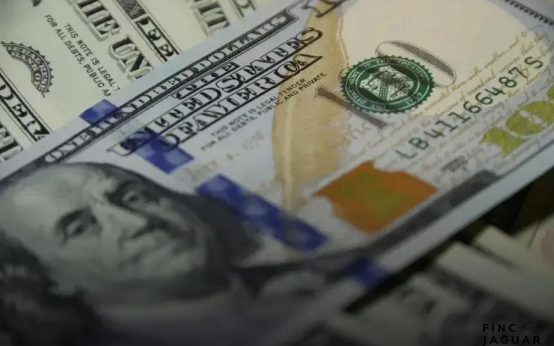Looking to boost your savings quickly? Discover effective ways to save money fast with our practical strategies. From setting up a foolproof budget to making smarter spending choices, our guide will help you gain control over your finances and reach your savings goals faster. Explore techniques that include automated savings and adopting cash-based transactions that can significantly improve your financial health.
Create a Budget and Stick to It
Creating a budget is a crucial step in successfully saving money. Begin by listing all your income sources and comparing them to your expenses. Identify fixed costs like rent, utilities, and groceries. Then, acknowledge variable expenses such as dining out or entertainment.
A comprehensive budget acts as a financial blueprint. It not only ensures you’re aware of your spending habits but also helps in allocating funds efficiently. To ensure the budget is effective, it needs to be realistic, so account for occasional splurges and emergencies.
Once your budget is set, the key is to stick to it. Regularly track your expenses to ensure you’re on track. This could mean using budgeting apps or spreadsheets to monitor your spending. Regular updates can help identify areas where you may be overspending.
One method to ensure you adhere to your budget is the envelope system. Allocate a set amount of cash for different expense categories; when the cash is gone, spending in that category ceases until the next budgeting period.
Avoid the temptation to sway from your budget by keeping your goals in mind. Review your budgeting plan frequently, ideally every month, to make adjustments and accommodate changes in your financial situation. Being disciplined with your budget not only aids in saving money fast but also builds a strong foundation for financial stability. Remember, consistency is paramount to achieving your financial goals quickly.
Cut Unnecessary Expenses Quickly

One effective way to cut unnecessary expenses quickly is to track what you spend in a given month. Keep an eye on every little expense, such as that daily coffee or impulse purchase. Identifying these areas and addressing them can lead to significant savings.
Review subscriptions and memberships you may have forgotten. Cancel those you don’t use regularly.
Another strategy is to switch to generic brands. Often, generic products are of similar quality to name brands but cost considerably less.
Consider cooking at home more often. Dining out can significantly drain your budget with marked-up prices on both food and drinks.
Find ways to reduce utility bills. Simple actions like turning off lights when leaving a room or lowering your thermostat slightly can make a big difference in your monthly bills.
Finally, negotiate for better terms on monthly bills such as your phone or internet service. Providers may have promotions or discounts that aren’t advertised.
Automate Your Savings
Setting up automated savings is a powerful strategy to help you effortlessly grow your savings without feeling the pinch. Begin by establishing a separate savings account specifically for your goals. This could be an emergency fund, vacation savings, or even a down payment fund.
Leverage your bank’s automation tools to schedule automatic transfers into this account. Align these transfers with your pay schedule, so funds are moved immediately after you receive your paycheck. This method ensures that you prioritize savings before spending on anything else.
Take advantage of banking features like round-ups, where your purchases are rounded up to the nearest dollar and the difference is transferred to savings. Such micro-deposits may seem small, but they add up over time without impacting your day-to-day finances.
To increase effectiveness, set a specific savings goal and keep track of your progress. Visualize your success using graphs or charts provided by many banking apps. Staying aware of your achievements can motivate you to increase your savings contributions gradually over time.
Consider setting a recurring reminder every few months to review and adjust the amount you’re saving, ensuring it aligns with your changing financial situation or savings goals. By automating these processes, you can build a solid financial cushion with minimal effort, making savings feel easy and even rewarding.
Use Cash Instead of Cards

Using cash instead of credit or debit cards can significantly impact your spending habits. When you pay with cash, you can physically see the money leaving your hand, which helps curb impulsive spending and keeps you mindful of your expenses.
Studies suggest that consumers are more cautious when handling cash, leading to more thoughtful purchasing decisions. By limiting card usage, you force yourself to plan your purchases better and prioritize your needs. As a result, you’ll find yourself shopping with a clearer purpose.
Another key point to consider is the transparency of cash transactions. Unlike card payments, where account statements might confuse actual spending, cash provides an immediate visual cue of your remaining budget.
Implement a
cash-only rule
for certain types of expenses, such as groceries or entertainment. This helps you maintain control over specific budget categories and prevents overspending.
Finally, if an item isn’t worth paying cash for, consider whether you really need it. This approach, in the long run, can save you a substantial amount of money by eliminating unnecessary expenditures.
Adopting a cash-driven lifestyle enhances your financial awareness and ensures you’re making every penny count.





